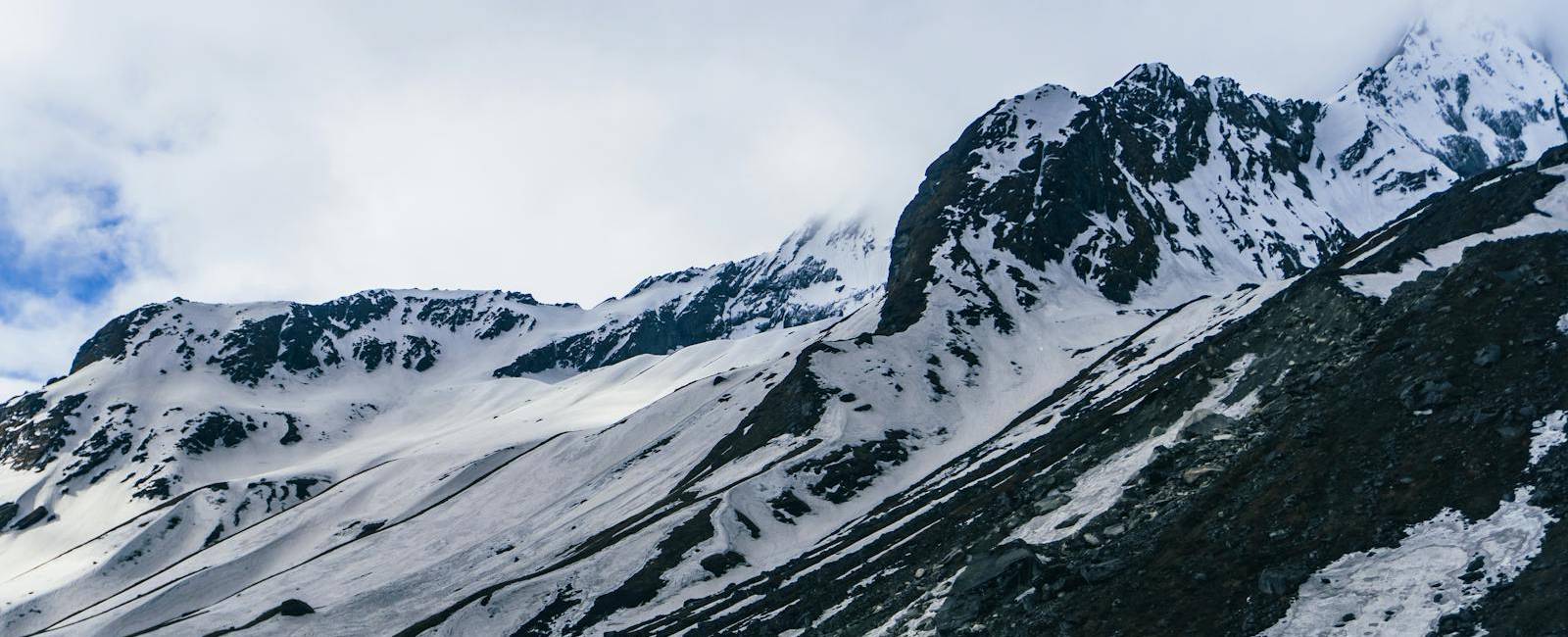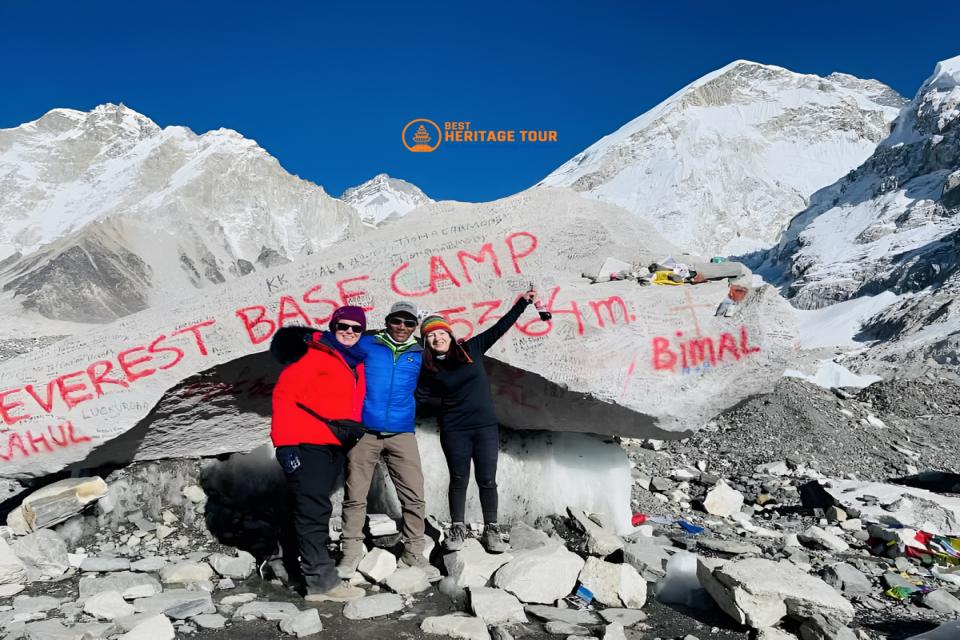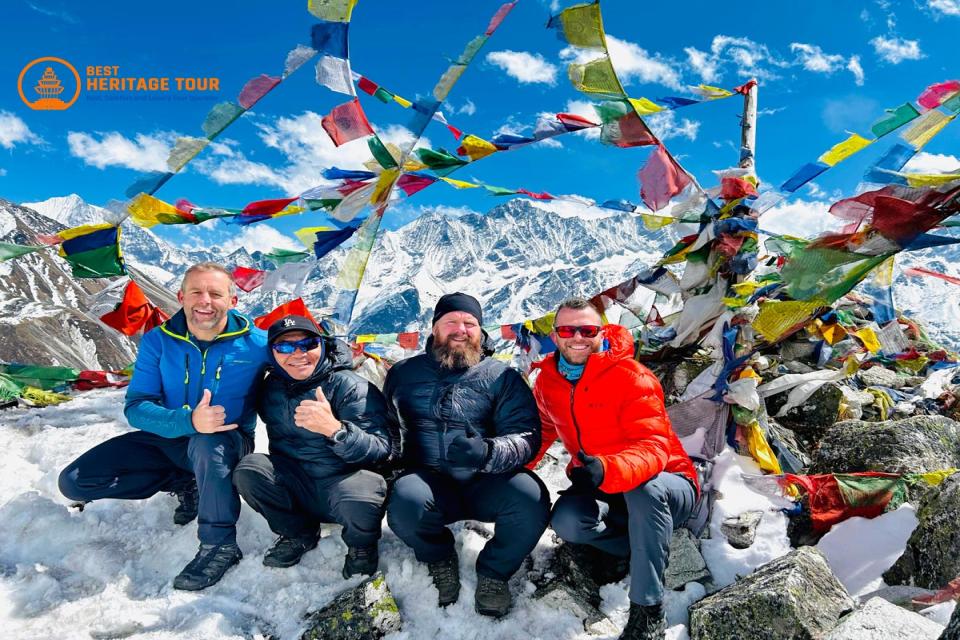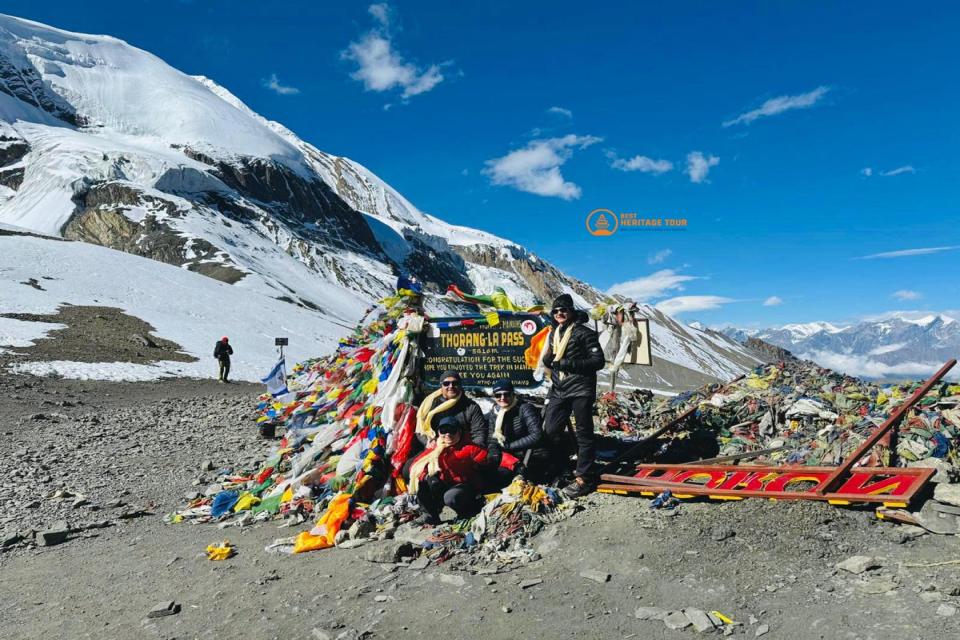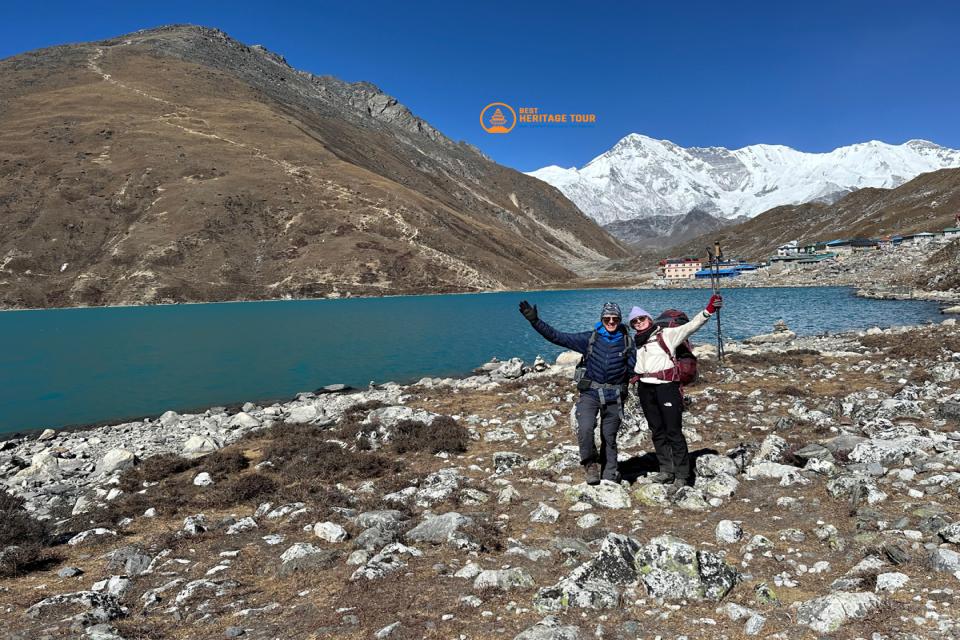Trekking in Nepal is one of the most exhilarating experiences for adventure enthusiasts. From the Everest Base Camp to the Annapurna Circuit, the country offers breathtaking scenery, diverse trails, and unique cultural encounters. However, long hours of walking on rugged paths can take a toll on your feet. One of the most common and painful issues trekkers face is blisters.
Blisters are small pockets of fluid that form on the skin due to friction, moisture, or heat. While they may seem minor, if untreated, they can cause discomfort, infections, and even force trekkers to cut short their journey. Proper prevention, care, and treatment of blisters are essential to ensure a safe and enjoyable trekking experience in the Himalayas.
This guide provides a comprehensive approach to understanding, preventing, and treating blisters while trekking in Nepal, including practical tips, gear advice, and safety measures recommended by trekking experts.
Understanding Blisters
1. What Causes Blisters?
Blisters form when the outer layers of skin separate and fill with fluid. The main causes include:
-
Friction: Repeated rubbing between your skin and boots or socks.
-
Moisture: Sweaty feet or wet conditions soften the skin, making it more prone to friction.
-
Heat: Warm temperatures and prolonged walking can increase blister formation.
-
Poor-Fitting Footwear: Boots that are too tight or too loose can create pressure points.
-
High Altitude and Long Distances: Fatigue and reduced attention to foot care increase risk.
Understanding these causes helps in preventing blisters before they start, which is far easier than treating them mid-trek.
2. Common Types of Blisters
-
Friction Blisters: Most common; caused by repeated rubbing.
-
Blood Blisters: Result from ruptured capillaries under the skin.
-
Infected Blisters: Appear red, swollen, or filled with pus; require immediate attention.
-
Hot Spots: Areas of discomfort that often precede blister formation.
Prevention: The Key to Blister-Free Trekking
While treatment is important, prevention is always better than cure. Here are the top strategies:
1. Choose Proper Footwear
-
Well-Fitted Trekking Boots: Ensure boots are snug but not tight. Leave room for toes to move.
-
Break-In Your Boots: Wear them on short walks before the trek to reduce friction points.
-
High-Quality Insoles: Provide cushioning and distribute pressure evenly.
2. Select the Right Socks
-
Moisture-Wicking Socks: Avoid cotton; use synthetic or merino wool socks.
-
Double-Layered Socks: Reduce friction between foot and boot.
-
Clean and Dry Feet: Change socks daily or whenever they become damp.
3. Protect Vulnerable Areas
-
Blister Tape or Moleskin: Apply on pressure points before starting the trek.
-
Lubricants or Foot Creams: Reduce friction in hot spots.
-
Toe Caps or Gel Pads: Help prevent rubbing between toes.
4. Manage Moisture
-
Keep feet dry in wet conditions using waterproof gaiters.
-
Remove damp socks and air your feet whenever possible.
5. Monitor Early Warning Signs
-
Painful “hot spots” or redness indicates friction. Address immediately with tape or padding.
Effective Blister Treatment on the Trail
Even with precautions, blisters may form. Treating them correctly prevents worsening and infections.
1. Clean Your Hands and Feet
-
Wash hands and affected area with clean water or an antiseptic solution.
-
Avoid popping blisters unnecessarily, as intact skin prevents infection.
2. Drain Large or Painful Blisters (If Necessary)
-
Use a sterilized needle or pin.
-
Puncture at the blister edge to release fluid while keeping the overlying skin intact.
-
Apply antiseptic and cover with sterile gauze or a blister-specific bandage.
3. Apply Protective Dressings
-
Moleskin or Blister Pads: Cushion and protect the area.
-
Hydrocolloid Dressings: Absorb fluid, prevent friction, and promote healing.
-
Adhesive Bandages: Keep blisters clean and reduce pressure.
4. Keep the Area Dry
-
Change dressings daily or if wet.
-
Avoid wet socks; use moisture-wicking or dry replacement socks.
5. Pain Management
-
Over-the-counter pain relievers can reduce discomfort.
-
Elevate feet during rest periods to reduce swelling.
Special Considerations for High-Altitude Treks
-
Cold and dry air can make blisters more painful.
-
Fatigue may reduce attention to early warning signs.
-
Hygiene is critical; prevent infection by washing hands before touching blisters.
Tip: Always carry a mini first aid kit with blister care items such as moleskin, hydrocolloid dressings, antiseptic wipes, and small scissors.
When to Seek Medical Attention
Blisters can become serious if infected. Seek help if you notice:
-
Redness spreading around the blister
-
Pus or foul smell
-
Excessive swelling or warmth
-
Fever or malaise
Trekking guides, including Best Heritage Tour guides, are trained to recognize serious issues and provide first aid support.
Recommended Gear for Blister Prevention and Care
On the Trail
-
High-quality trekking boots (properly broken in)
-
Synthetic or merino wool socks
-
Double-layered sock systems
-
Foot powder or anti-friction cream
-
Blister tape, hydrocolloid pads, and moleskin
-
Lightweight scissors or nail clippers for trimming
At Campsite or Tea Houses
-
Clean water for washing feet
-
Antiseptic solution
-
Spare dressings and bandages
-
Foot soak (optional) for sore feet
Tips from Experienced Trekkers
-
Rotate Footwear: Alternate boots or shoes on multi-day treks if possible.
-
Stretch Feet and Ankles: Reduces friction and improves circulation.
-
Air Feet at Rest Stops: Allow skin to dry completely before resuming trek.
-
Keep Toenails Trimmed: Prevents pressure points under toenails.
-
Pack Extra Socks: Always have dry replacements for long or wet treks.
Nutrition and Hydration for Foot Health
-
Staying hydrated helps prevent skin breakdown and friction blisters.
-
Adequate protein and vitamins support skin repair and recovery.
-
Snacks rich in electrolytes prevent swelling and maintain circulation.
Regional Considerations in Nepal
Different trekking regions pose unique challenges:
-
Everest Base Camp: Cold, dry air and long days require thicker socks and extra padding.
-
Annapurna Circuit: Varied temperatures; moisture management critical during monsoon season.
-
Langtang Valley: Wet trails increase risk; waterproof boots and gaiters are essential.
-
Lower Altitude Treks: Hotter, humid conditions; prevent chafing and moisture-related blisters.
Conclusion
Blisters are a common but manageable challenge for trekkers in Nepal. Prevention through proper footwear, socks, and foot care is key, while effective treatment ensures continued comfort and safety. Always carry a blister care kit, monitor hot spots, and practice good hygiene to avoid complications.
For expert advice on gear, trekking tips, and safe Himalayan adventures, contact Best Heritage Tour:
Phone: +977-9851149197 / +977-9810043046
Email: info@bestheritagetour.com | bestheritagetour@gmail.com
Booking/Info: www.bestheritagetour.com
Office Location: Thamel Marg, Kathmandu, Nepal
Trek smart, protect your feet, and enjoy Nepal’s stunning trails without pain!
Author: Best Heritage Tour
Date: 22nd August, 2025

